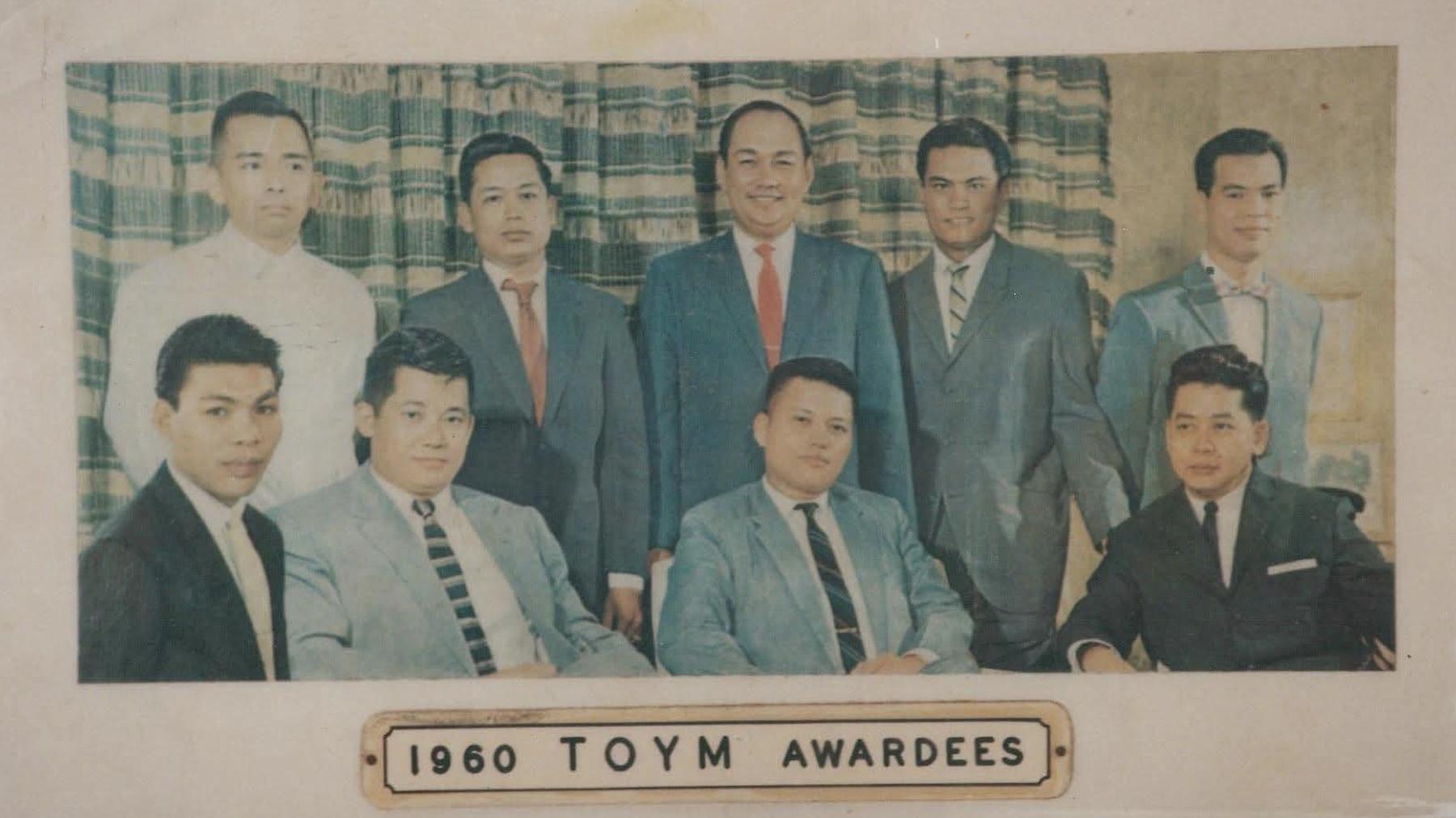What gives cancer its awful power? No one can explain why a malignant tumor strikes one and spares another.
Anyone whose been to Cancerland is familiar with the scan: They’re like revolving doors, emotional roulette wheels that spin us around for a few days and spit us out on the other side.
They come in all shapes, sizes, and even flavors. Some required me to drink disgustingly bitter sweet liquids or those that shot a Chernobyl-like dose of radioactive isotopes into my blood stream. Scans that inserted me into a giant donut of a machine and scans that used a machine that looks like a huge daddy longlegs and ran a coffin size metal plate over my body.
And as my cancer scan approached, I become increasingly wary. My breathing gets tighter. It is among the tensest feelings I’ve ever had, though there is nothing I can do, at each juncture to affect any outcome. That makes me think it is the only area in modern life and medicine in which progress is not embraced; we measure success in sameness.
There was a time when doctors and patients would have given anything to be able to look inside the human body. Now scans have given us an ailment for the fear we might find. When we do — and if there’s anything true about cancer — it’s the unpredictability about whats coming next that we fear most. That’s why when the oncologist asks me how I was feeling, to which I reply, “You tell me!”
But I believe (and always have) in the benevolence of my doctors’ intentions and skills. Together, we fought with knife and laser, radiation and chemical weapons; as we run reconnaissance with scans and tests, targeting and cutting the tumor, poisoning them with toxic drugs and tests, and hunting down every wayward cell that sneaks away from the original lesion to seed more growth elsewhere. All of these are perceived as the most aggressive carpet bombings in order to engage an ailment as insidious as cancer. A healthy cell picks signal to grow and grow, until it becomes a biological enemy, as it infiltrates, overtakes and ultimately shuts down normal tissues and organs.
According to researchers, the Big C is not one disease, but hundreds, potentially thousands. Not all cancers are caused by a single agent, virus or bacterium that can be flushed or crushed; but a potentially lethal combination of genes gone awry, of growth inhibitors gone missing, or hormones and epigenome changing and rouge cells breaking free. The cellular saboteurs working as one great armed force in an attack by the equivalent of air, land and sea stealth. The thief and biological con artist, breaking into, taking control of the mechanism of a cell and coaxing it to grow and divide in dangerous ways through its teasing and signaling pathway, and resist treatment.
Yet for all the progress against some types of cancer, there are others that have never been but bad news. We’re going to take it out with what?
According to the National Cancer Institute, an estimated 580,350 people will die of this disease this year. Last year, another 1.7 million cases were diagnosed and these figures grow as the population ages. One can not know why this rare horrible thing happens.
Our hopes are in the traditional researchers sitting alone or with a couple of oncologists, post-docs, in a laboratory somewhere, waiting for that eureka moment.
When I defected to Hollywood, I thought of all the movies you can make this way. It’s a new script for an old plot — but there’s still a lot to be written as researchers learn more about the mutations driving most cancers.
Since I only live one day at a time, all I need now is the Hollywood ending.
***
E-mail Mylah at moonlightingmdl@aol.com





